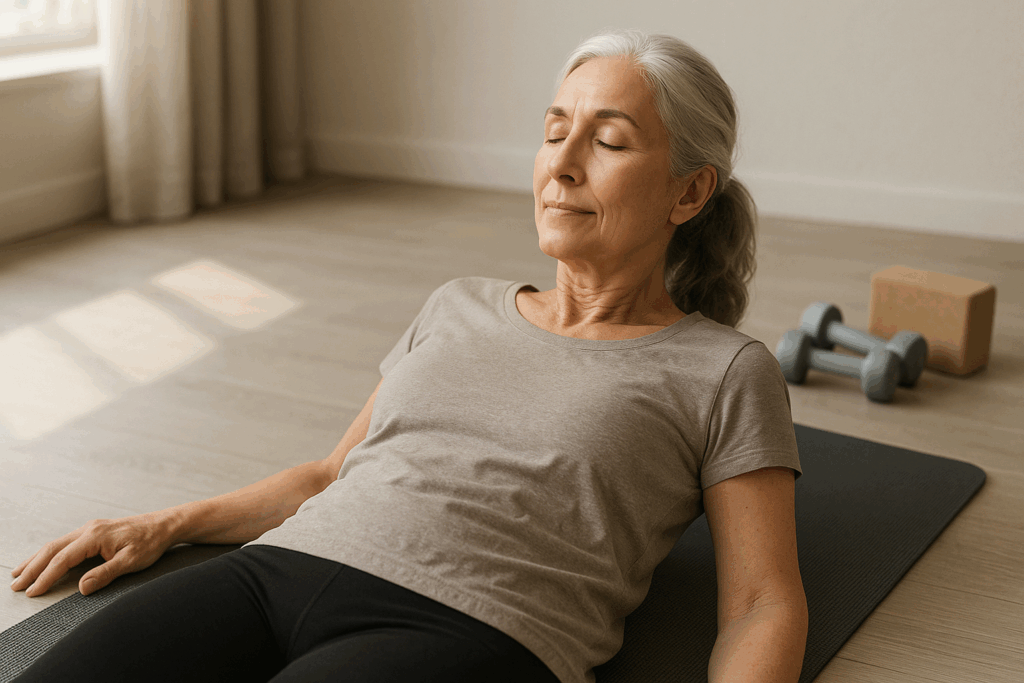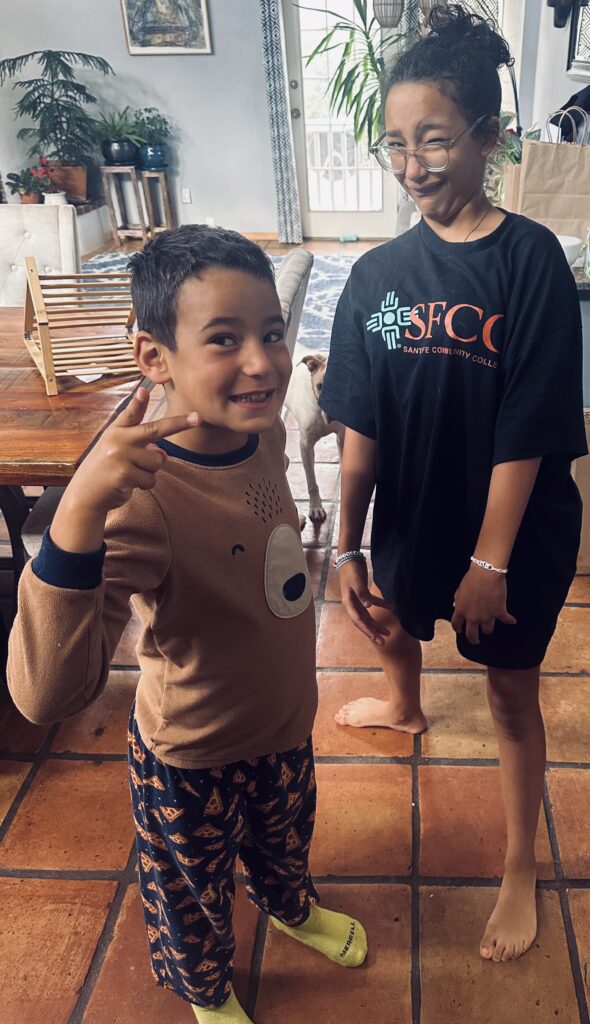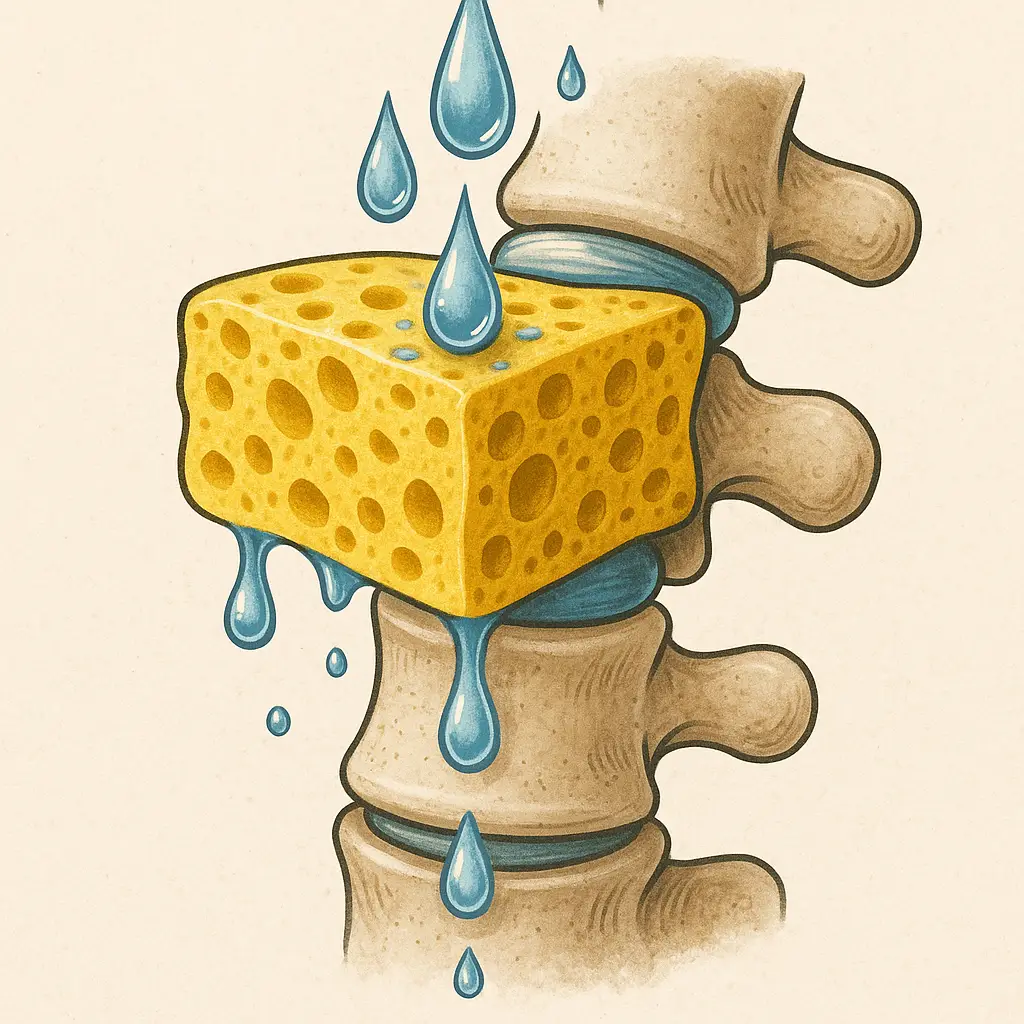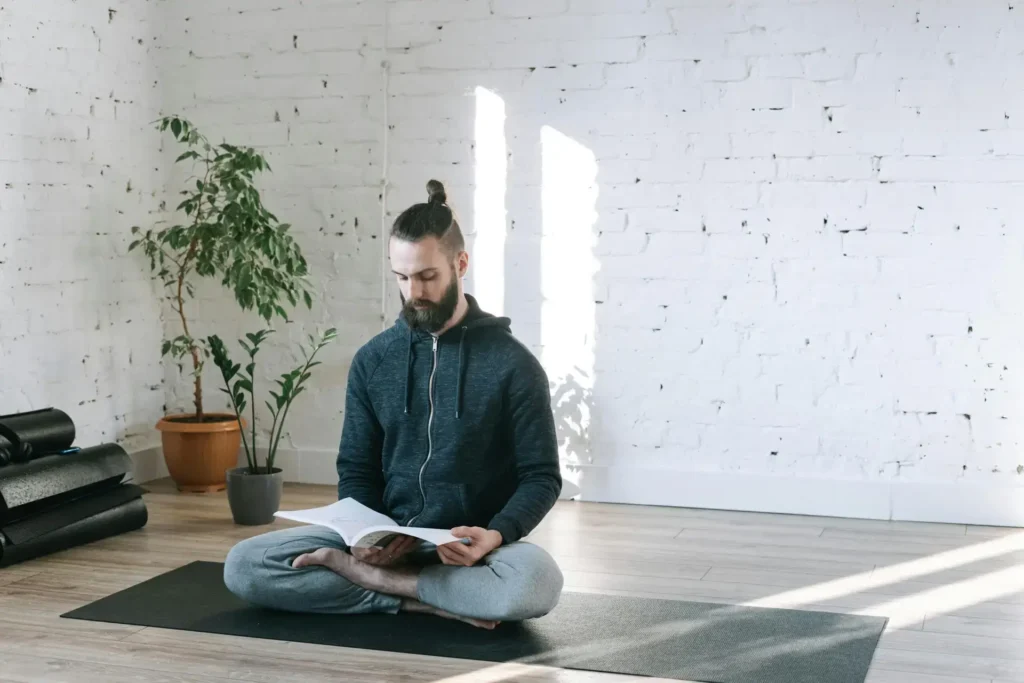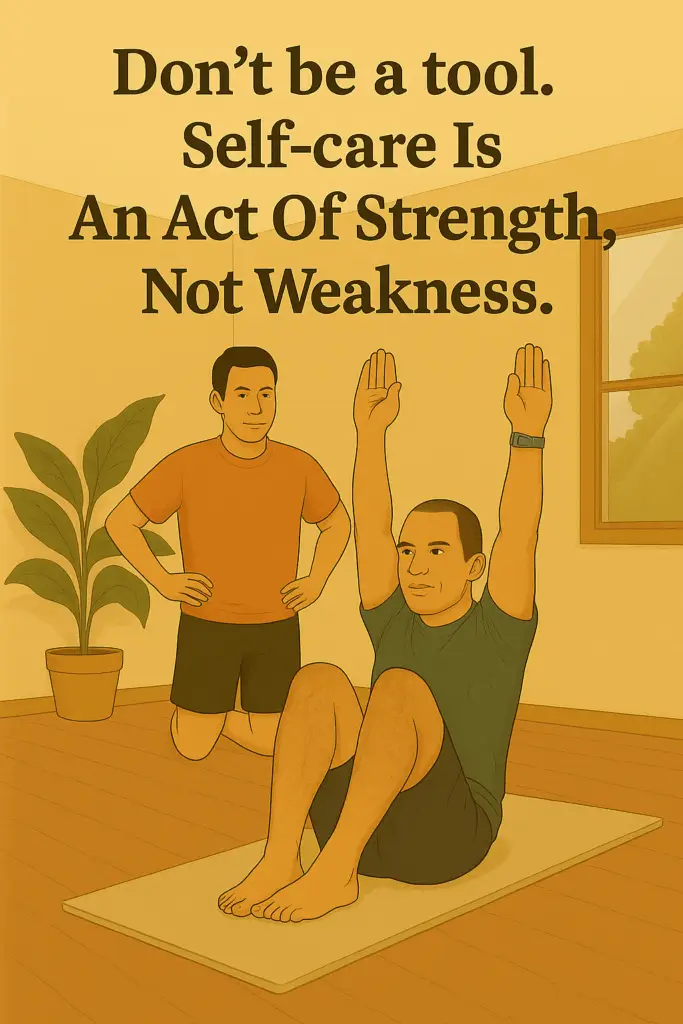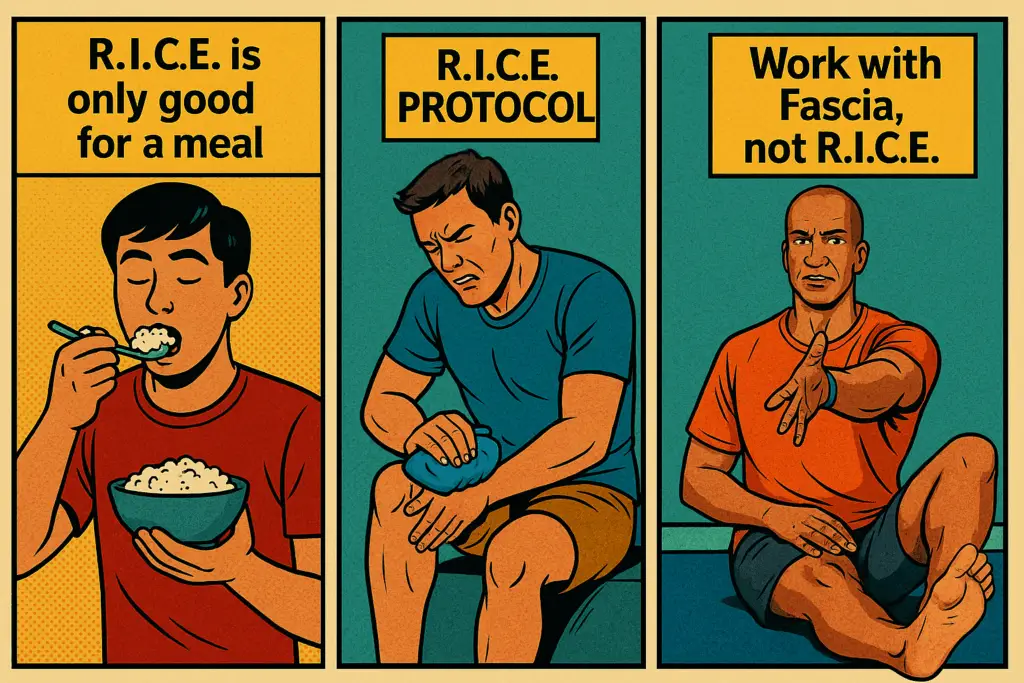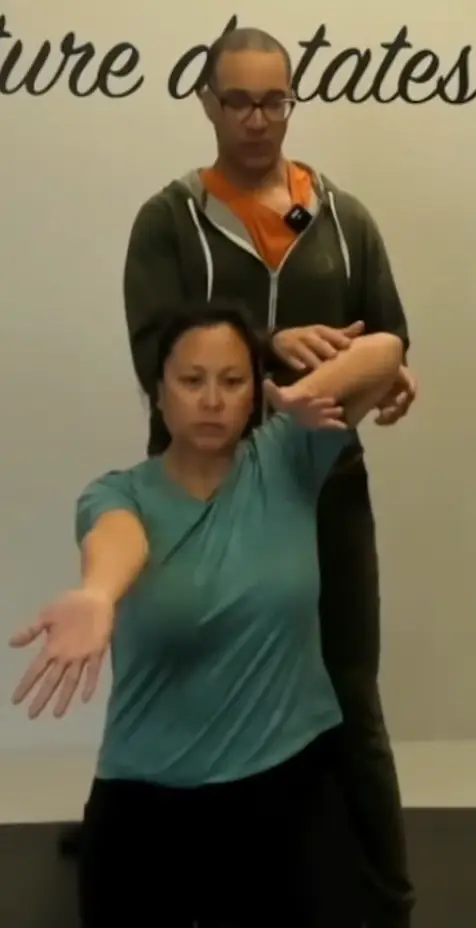
Global Postural Stretching: Align Your Whole Body, Move with Real Balance
Why do some people handle life’s bumps, trips, and quick pivots with steady ease, while others feel wobbly even on a flat floor? The secret often lies in the state of the body’s global fascial chains—and not all stretching is created equal.
Why Not All Stretching Gives You Better Balance
You might see plenty of basic stretches online or at the gym. They usually focus on a single muscle or small group: think toe touches, quad pulls, or triceps stretches. These can add a bit of flexibility. But if only one link in the body’s chain loosens and everything else stays tight? Balance and true stability are still out of reach.
What Sets Global Postural Stretching Apart
With global postural stretching, we work the entire fascial chains at once—from the bottoms of the feet, up the legs, around the hips, and across the core, all the way into the neck and head. Instead of just momentarily lengthening a muscle, this method organizes the whole body around proper alignment and stability. It’s the difference between tuning a single string and tuning the whole instrument: only one gives you music.
Practical examples:
- The marathon runner who swaps out isolated calf stretches for a GPS sequence and suddenly feels less “clunky” and more stable on uneven ground.
- The busy parent who does a few chain-based stretches and notices their posture and energy both shift—even after hours at a desk or wrangling kids.
- The senior who, after adopting GPS, can stand longer, move more confidently in crowds, and catch themself if they stumble.
Why GPS Wins for Whole-Body Alignment and Balance
Research backs this up: muscle chain stretching—like GPS—outperforms traditional spot stretching for balance, range of motion, and even pain relief in the real world. By working on the body’s linked-up structures, you gain steadiness from head to toe, not just a quick fix in one spot.
Want a steadier way to move through life? Choose a stretching approach that respects and rebalances your whole body, not just a single muscle. Global postural stretching is a step ahead—a smarter foundation for lasting balance and confidence.
These specific techniques need to be taught to you and used in conjunction with a holistic exercise and fitness program. Reach out for a free consultation.
Follow the Thread—Where Movement, Fascia, and Freedom Align
Find more insight, reflection, and fascia-informed care:

